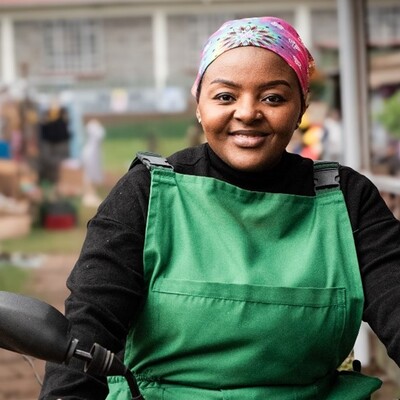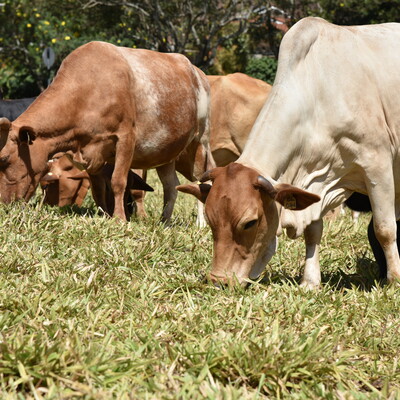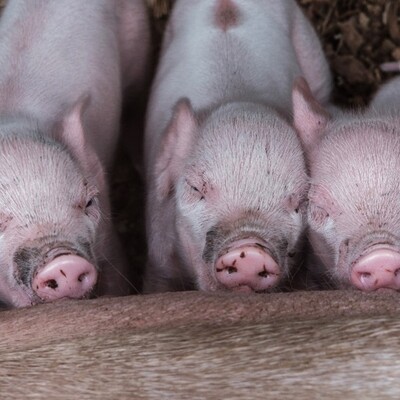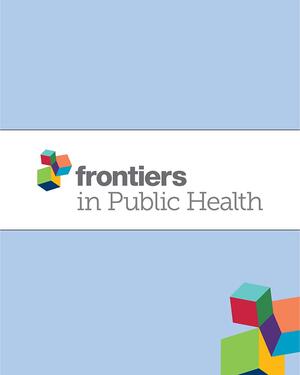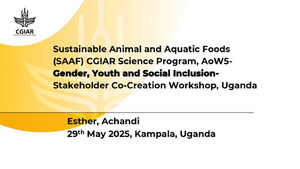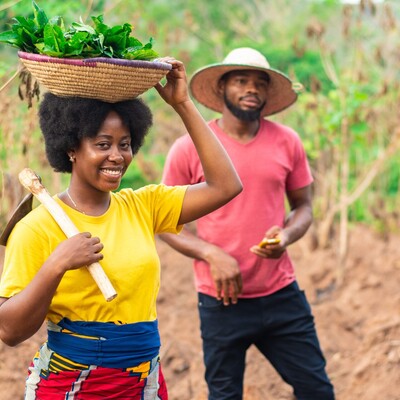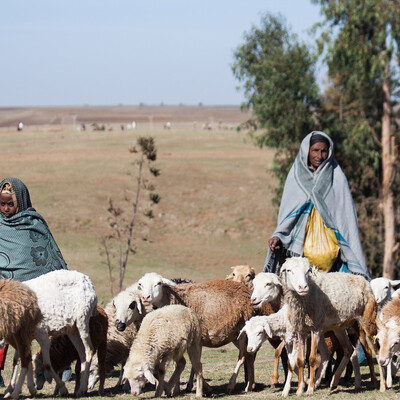
Gender at scale (Exploring ‘feminization’ of agriculture through gender dynamics across scales in East Africa)
Feminization of agriculture is a measurable increase of women's participation in the agricultural sector. It is a phenomenon common to many countries particularly in the developing world. Studying the feminization of agriculture with a gender lens is important to understand its prevalence and how this phenomenon changes the agricultural sector (in terms for example, of who are the farmers, what are their needs, opportunities and constraints) in order to better plan agricultural interventions. Studying what gender dynamics affect the feminization of agriculture and how, can also help appreciate what causes the phenomenon and how it may change in the future.
Feminization of agriculture is a national or regional phenomenon rooted in gender dynamics at intra-household level where gendered social structures influence individuals’ opportunities (e.g. availability of on or off farm work), choices (e.g. accepting an off-farm job while hiring labour to look after the children) and ability to act (e.g. having the freedom or mindset to take up available opportunities and acts on choices made). While gender dynamics are pre-dominantly studied at intra-household and sometimes at community level, little is understood about how intra-household gender dynamics influence phenomena at the higher scales (e.g. landscape, national, regional or global) such as feminization of agriculture. This project aims to develop a methodology to examine how intra-household gender-dynamics scale to community, landscape, regional and national levels — and influence the feminization of agriculture observed in the East Africa region (with a focus on livestock as an example). The study engages with an interdisciplinary mixed-method approach in developing a conceptual framework on the main determinants of the phenomenon and their correlation across scales.
Understanding how gender dynamics may change across scale and influence national or regional phenomena can be relevant to policy makers and increase the gender-responsiveness of (e.g. agricultural, or labour) policies. It helps the process of validating/challenging ‘persistent assumptions about women and gender dynamics in agriculture and related sectors’ (such as feminization of agriculture) by providing a methodology to link these very dynamics at intra-household and community levels to national and regional scales. Additionally, the methodology developed can help to expand current CGIAR-wide research on gender and to elevate gender considerations from an intra-household focus only, to an issue of national and regional scope that is relevant to policy makers.







